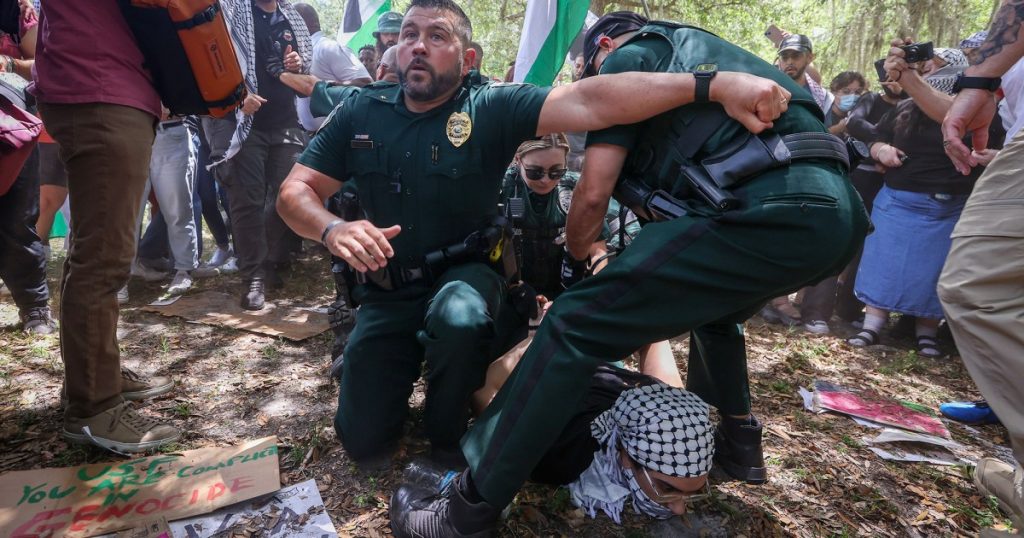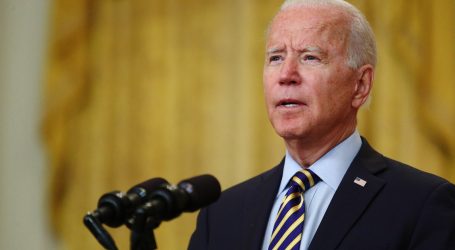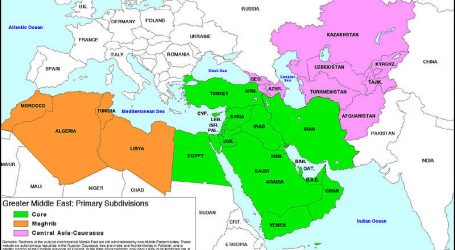How the Right Turned Protest Into A Criminal Enterprise
A pro Palestinian protester is taken into custody by University of South Florida Police officers during a protest on campus in Tampa. Chris Urso/Tampa Bay Times/Zuma
Fight disinformation: Sign up for the free Mother Jones Daily newsletter and follow the news that matters.America’s police forces are at war with college students. Inspired by students who set up encampments on Columbia University’s lawn, more than 90 college campuses across 40 states have set up similar actions to protest their schools’ investments in Israel. Some have set up camps, while others have staged sit-ins or occupied buildings, but nearly all have been confronted by highly militarized police departments brought in by administrators. At least 2,200 people have been arrested so far, according to the Appeal, and not all of them are students. Texas state police attacked and arrested a photojournalist after falsely claiming he pushed an officer. Another 28 people were arrested by Georgia police at Emory University last week, including an economics professor who was violently assaulted after questioning an officer’s conduct.
University leaders, like Columbia president Minouche Shafik, might claim to support their students’ right to political expression, but their willingness to unleash police on pro-Palestinian protests empowers a longstanding, escalating campaign to criminalize dissent.
Since Trump’s inauguration in 2017, 21 states have passed nearly 50 laws to restrict protest. In many ways, the origins of this assault can be traced to a single event nearly 10 years ago: the police killing of a Black teenager named Michael Brown in Ferguson, Missouri. His death and the protests that followed birthed the Black Lives Matter movement, a global reckoning with racism, policing, and surveillance.
State legislatures, many dominated by Republicans, have introduced over 250 anti-protest bills since the Ferguson Uprising often supported by the many of the same forces united against student protesters today: law enforcement, Republican leadership, pro-Israel lobbyists and right wing operatives.
“Americans seem to increasingly believe that protests are only legitimate and deserving of protection if they advance a message that we agree with,” says Elly Page, a senior legal advisor at the International Center for Not-for-Profit Law (ICNL). “If the right to protest isn’t protected for everyone, it isn’t protected for anyone.”
Anti-protest laws and rhetoric are already being used to silence pro-Palestinian protests around the country, but they have also critically weakened a constitutional right that will leave millions with few options in November should one party decide to overturn the election results again.
Here’s an abridged history of how we got to this point.
2014-2016: Ferguson, Mizzou Protests, Confederate Monuments
By the time 2017 arrived, a year that saw the introduction of at least 52 anti-protest bills, 9 of which were enacted, here’s what was brewing at the local level:
After Mike Brown is killed by Darren Wilson, protests break out in Ferguson, Missouri. Over the course of 12 days, more than 120 people are arrested while thousands more confront the Missouri National Guard. The militarization of local police departments is put on full display as similar protests break out in dozens of cities and continue through the fall and winter.
Mass racial justice protests spread to dozens of college campuses after students at the University of Missouri, also known as Mizzou, unite in opposition to a series of racist incidents, including white students hurling slurs at Black students, and unseat university president Tim Wolfe.
Hundreds of Indigenous activists across 200 tribes arrive in North Dakota to support the Sioux Nation’s year-long stand against the Dakota Access Pipeline.
Bree Newsome, a Black activist, removes the Confederate flag from the South Carolina statehouse after 9 Black churchgoers in Charleston are killed by a white supremacist, prompting widespread resistance to confederate iconography and monuments
Support for the Boycott, Sanctions, and Divestment (BDS) movement grows on college campuses. A record 15 student groups vote on BDS resolutions in 2015, according to Students for Justice in Palestine (SJP). The Anti-Defamation League puts the number even higher and laments that the movement is picking up steam on college campuses.
2017-2018: Suppressing Black Lives Matter, Standing Rock, and the BDS movement
Punishing campus protesters: At least eight states, including Georgia, Illinois, Louisiana, Michigan, Missouri, Oregon, Wisconsin, and Wyoming, try to force public universities to adopt mandatory disciplinary sanctions for campus protests. Only Georgia succeeds. Punishments range from suspension to expulsion.
“Critical Infrastructure” bills: Less than a year after Standing Rock, Oklahoma passes a law that imposes harsh criminal penalties for protesting near or trespassing on property containing “critical infrastructure,” which includes everything from oil and gas pipelines to telephone poles. Inspired, the American Legislative Exchange Council (ALEC), a right wing think tank, creates a model bill that eventually passes in at least 20 states with hefty lobbying support from the fossil fuel industry.
Anti-Boycott, Sanctions, and Divestment (BDS) bills: After the 2015 spike in support for BDS on college campuses, 50 US governors signed a statement in 2017 condemning the BDS movement as an effort to “demonize and delegitimize Israel.” By 2019, 27 states had laws or executive orders on the books requiring state contractors to pledge not to boycott Israel. Pro-Israel groups like the American Jewish Committee and the Israeli Allies Foundation helped power these bills into law. GOP governors in Ohio and Illinois received personal thank you notes from Israeli officials, according to the Center for Public Integrity.
2020-2021: Black Lives Matter Goes Global
“Anti-riot” laws: Six months after the Black Lives Matter movement reached its peak, 25 states introduced 53 bills conflating protests with riots. By the summer of 2021, Arkansas, Florida, Iowa, North Carolina, Oklahoma, and Tennessee all had anti-riot laws on the books. No actual violence or property damage is required to be a “rioter” in most of these laws, just creating “imminent danger” to people or property is enough. According to the Center for Media and Democracy, police unions and sheriff associations lobbied hard for these bills in at least nine states.
Street protest bans: Blocking traffic or a sidewalk without a permit during a protest is now a jailable offense in several states, including Arkansas, Florida, Iowa, Missouri, Oklahoma, Oregon, South Dakota, and Tennessee. Preventing street violence is often cited as the primary goal, but three of these states carved out legal protections for drivers who hit protesters with their car.
2023: Cop City, Gaza, and Beyond
Domestic terrorism: When Georgia expanded their domestic terrorism law to include attacks on “critical infrastructure” in 2017, they cited the 2015 racist massacre at a Black church in Charleston, SC. Six years later, the law, along with the state’s RICO Act, is being used to prosecute over 50 people aligned with a racial justice campaign to stop the construction of an Atlanta police training facility. Lawmakers like Sen. Tom Cotton (R-AR), who just called students protesters “terrorist sympathizers,” are embracing similar policies and rhetoric to criminalize dissent against Israel’s war on Gaza supported by groups like the Anti-Defamation League, which has described student divestment campaigns as supporting “terror against Israel.”
Police Immunity, Protester Liability: Last month, the Supreme Court declined to weigh in on a lawsuit that makes organizing a mass protest in the South an extreme financial liability. Police officers, whose actions at Black Lives Matter protests have generated millions in misconduct settlements, now enjoy stronger liability protections than protesters living in Mississippi, Louisiana, and Texas.





